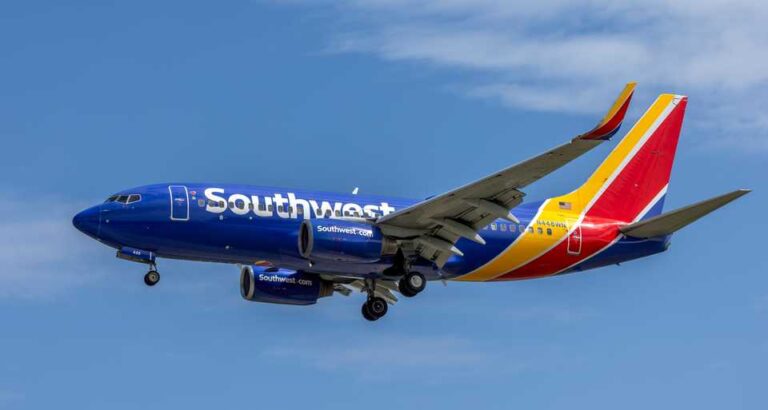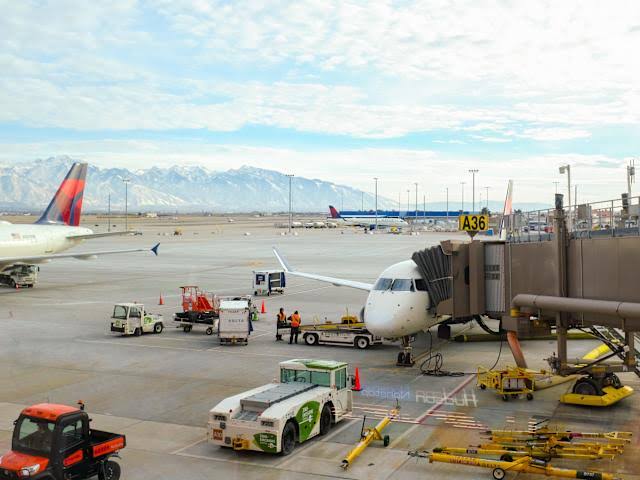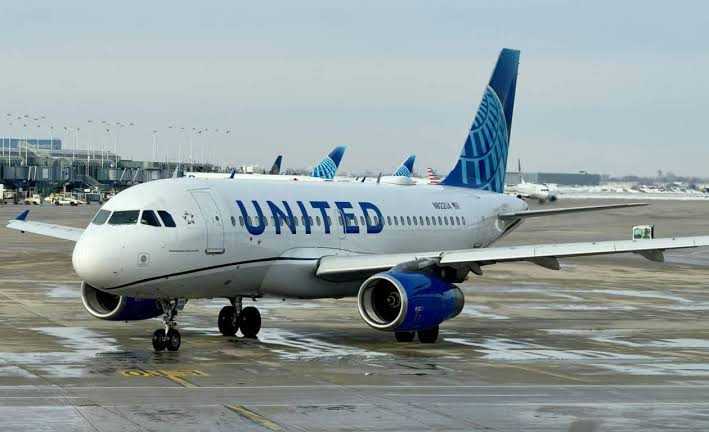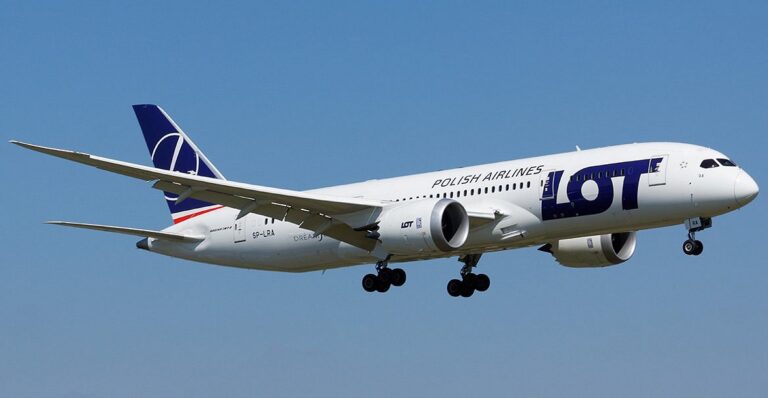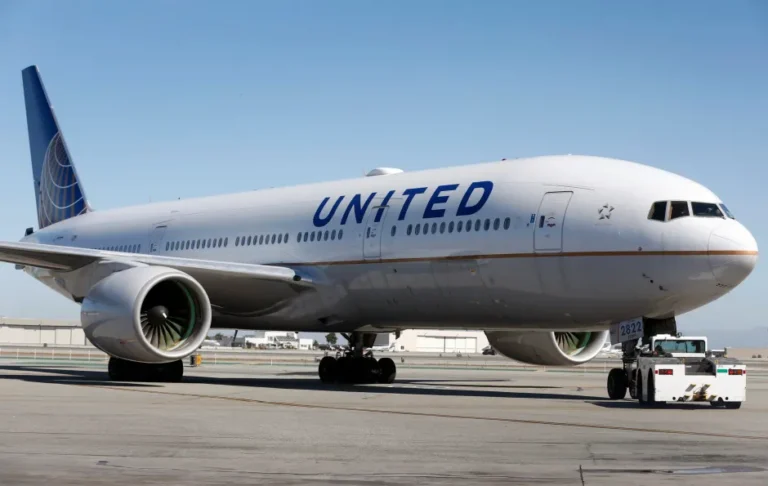“Southwest Airlines Grounds Entire Fleet Nationwide After Massive System Failure”
In a stunning development that left tens of thousands of passengers stranded and airline industry experts scrambling for answers, Southwest Airlines abruptly grounded its entire fleet on Monday morning following what the company described as a “massive system failure.”
The nationwide halt, which began shortly after 6:00 a.m. EST, paralyzed one of America’s most popular low-cost carriers, disrupted operations at dozens of airports, and raised urgent questions about the vulnerability of airline IT infrastructure in an age of growing digital dependence.
A Sudden and Unprecedented Halt
According to initial reports, Southwest Airlines experienced a catastrophic failure in its scheduling and communication systems—tools vital for coordinating flight crews, aircraft assignments, gate operations, and passenger management. As the digital infrastructure collapsed, airline staff were unable to access real-time flight data, dispatch crews, or maintain communication between departments.
“At approximately 6:05 a.m. Eastern Time, Southwest Airlines experienced an unexpected failure in key operational systems that affected our ability to safely dispatch and operate flights,” the company said in a statement. “Out of an abundance of caution and in accordance with FAA regulations, we made the decision to pause all flight activity until the issue is resolved.”
Within 90 minutes, the Federal Aviation Administration (FAA) confirmed that Southwest had initiated a nationwide ground stop—the technical term for halting all flights either on the ground or en route to departure.
Ripple Effects Across the Nation
The chaos was immediate. More than 2,500 flights were canceled by midday, with another 4,000 delayed. Major hubs like Dallas Love Field, Chicago Midway, Denver International, and Phoenix Sky Harbor turned into scenes of confusion and frustration as passengers crowded terminals, searching for answers.
“I arrived at the airport at 7 a.m. for a 9 a.m. flight to Los Angeles,” said Erica Winters, a passenger at Chicago Midway. “At first they told us there was a ‘slight delay.’ Then everything went dark—no announcements, no boarding, and customer service lines stretched for hours.”
The incident not only stranded passengers but also caused a ripple effect across the entire U.S. aviation system. Other airlines struggled to accommodate rebooked Southwest passengers, while airport services, baggage handling, and ground transportation faced overflow from the backup.
Not the First Time
This is not the first time Southwest has faced scrutiny over technological vulnerabilities. In December 2022, the airline suffered a historic operational meltdown during the holiday travel season, canceling more than 16,000 flights over 10 days due to outdated scheduling software and a severe winter storm. That crisis drew national headlines, congressional criticism, and a pledge from Southwest to invest over $1 billion in upgrading its systems.
At the time, CEO Bob Jordan assured the public that “comprehensive modernization” was underway to prevent future meltdowns. Monday’s system failure has cast doubt on the effectiveness of those efforts.
“This is deeply concerning,” said aviation analyst Henry Carter of AeroLogix Consulting. “After the 2022 collapse, Southwest committed to a full overhaul of their scheduling systems. The fact that we’re seeing a failure of this magnitude just over a year later is frankly shocking.”
Internal Investigation and Federal Response
Southwest has launched an internal investigation to determine the root cause of the outage. The FAA, Department of Transportation (DOT), and Department of Homeland Security are also involved, reviewing whether the airline complied with safety and IT security protocols.
Transportation Secretary Pete Buttigieg said on Monday afternoon, “The grounding of an entire major airline fleet is a rare and serious event. We are in direct communication with Southwest leadership and will ensure full transparency with the public.”
There are already growing calls in Washington for stricter federal oversight of airline IT systems. Several members of Congress have demanded hearings into the stability of critical airline infrastructure and whether carriers are adequately investing in technological resilience.
Customer Backlash and Corporate Fallout
Southwest now faces a fresh wave of customer dissatisfaction, just as it was beginning to rebuild trust following the 2022 disaster.
“How many times do we have to go through this with Southwest?” asked Mark Donnelly, a frequent flyer. “We’re tired of apologies. We want a reliable airline.”
Social media platforms exploded with angry posts from stranded travelers, many of whom were traveling for business or family emergencies. Hashtags like #SouthwestFail and #GroundedAgain trended on Twitter and TikTok.
From a financial perspective, the grounding is likely to have a major impact. Shares of Southwest Airlines (NYSE: LUV) fell more than 7% in early trading. Analysts estimate that a single day of nationwide flight cancellations could cost the company tens of millions in lost revenue, compensation, and reputational damage.
In a press briefing late Monday, CEO Bob Jordan issued a formal apology.
“We sincerely regret the disruption caused by today’s events. Our customers deserve better, and we are working nonstop to restore full functionality to our systems and resume safe operations,” he said. “We will be offering compensation, including flight credits and reimbursements, to those affected.”
A Warning Sign for the Industry
The Southwest meltdown is just the latest reminder of how dependent modern air travel is on complex digital systems—and how quickly things can go wrong when they fail.
“This isn’t just a Southwest problem—it’s an industry-wide concern,” said aviation technology expert Lisa Torres. “Airlines must invest not only in newer systems but also in contingency planning, redundancy, and staff training. A single point of failure should not be able to bring down an entire airline.”
Indeed, experts have warned for years that outdated or poorly integrated IT systems pose a major risk to airlines, which operate under tight margins and constant pressure to maintain on-time performance.
Looking Ahead
As of press time, Southwest said it had restored “limited functionality” and was beginning a phased return to service. However, the full recovery is expected to take at least 24-48 hours, and passengers are advised to check the airline’s website or app for updates.
For many, the damage is already done.
“I trusted Southwest after their last meltdown,” said Lisa Meyers, who had planned a surprise visit to her daughter in Austin. “Now I don’t know if I ever will again.”
The coming days will test Southwest’s leadership, its crisis response, and its ability to regain the trust of the flying public. But perhaps more importantly, the episode has reignited a broader conversation about the fragility of America’s airline infrastructure—and whether the industry is prepared for a digital future.
